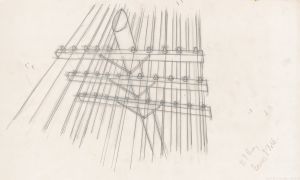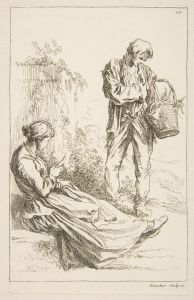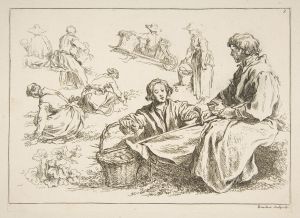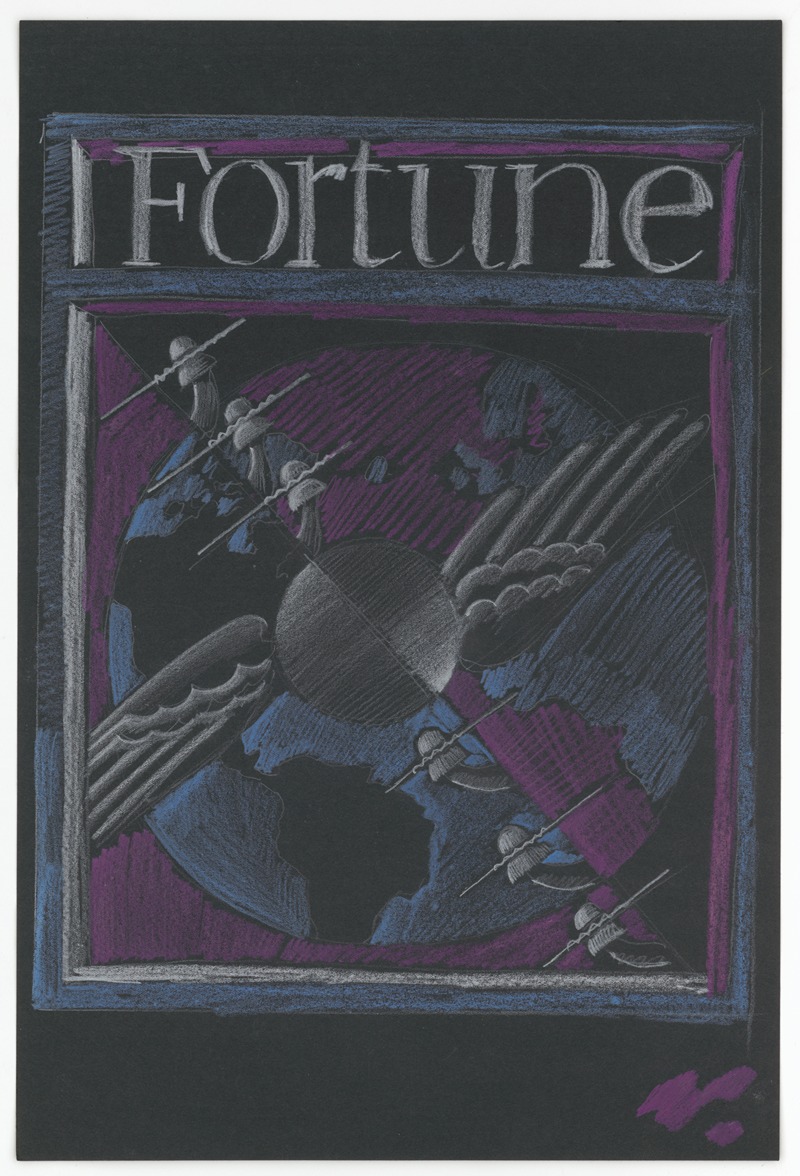
[Graphic designs for Fortune magazine.] [Study for cover with telephone lines and wings over the globe
A hand-painted replica of Winold Reiss’s masterpiece [Graphic designs for Fortune magazine.] [Study for cover with telephone lines and wings over the globe, meticulously crafted by professional artists to capture the true essence of the original. Each piece is created with museum-quality canvas and rare mineral pigments, carefully painted by experienced artists with delicate brushstrokes and rich, layered colors to perfectly recreate the texture of the original artwork. Unlike machine-printed reproductions, this hand-painted version brings the painting to life, infused with the artist’s emotions and skill in every stroke. Whether for personal collection or home decoration, it instantly elevates the artistic atmosphere of any space.
Winold Reiss was a German-American artist and designer known for his contributions to modern graphic design, particularly in the early to mid-20th century. One of his notable works includes a study for a cover design for Fortune magazine, titled "Study for cover with telephone lines and wings over the globe." This piece exemplifies Reiss's innovative approach to graphic design, blending elements of modernism with a keen sense of visual communication.
Reiss was born in 1886 in Karlsruhe, Germany, and immigrated to the United States in 1913. His background in European art and design, combined with his exposure to American culture, allowed him to develop a unique style that was both modern and accessible. Reiss was particularly known for his ability to incorporate diverse cultural elements into his work, often drawing inspiration from Native American and African American subjects, which was quite progressive for his time.
The study for the Fortune magazine cover reflects Reiss's interest in technology and globalization, themes that were becoming increasingly relevant during the early 20th century. The design features telephone lines and wings over a globe, symbolizing the interconnectedness of the world through communication technology. This imagery was particularly pertinent during the 1930s, a period marked by rapid advancements in communication and transportation technologies.
Fortune magazine, first published in 1930, was known for its high-quality art and design, often commissioning works from prominent artists of the time. The magazine sought to reflect the dynamism and complexity of the modern business world, and Reiss's design aligns with this vision. His use of bold lines and striking imagery would have captured the attention of Fortune's readership, conveying a sense of progress and innovation.
Reiss's contribution to graphic design extended beyond magazine covers. He was also involved in interior design, murals, and portraiture, often working on projects that required a synthesis of artistic disciplines. His work on the Harlem Renaissance, for example, included portraits of notable African American figures, further showcasing his versatility and commitment to cultural representation.
Throughout his career, Reiss maintained a focus on the power of design to communicate complex ideas in an accessible manner. His study for the Fortune magazine cover is a testament to his ability to distill contemporary themes into compelling visual narratives. Reiss's legacy in graphic design is marked by his innovative use of color, form, and cultural motifs, influencing generations of designers who followed.
In summary, Winold Reiss's study for the Fortune magazine cover with telephone lines and wings over the globe is a significant example of early 20th-century graphic design. It reflects the era's technological advancements and the growing interconnectedness of the world, themes that remain relevant today. Reiss's work continues to be celebrated for its artistic merit and its contribution to the evolution of graphic design as a discipline.





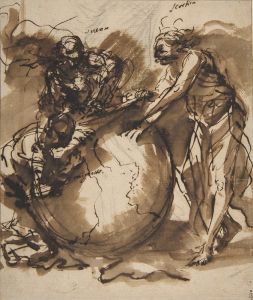
![Graphic designs for Fortune Magazine.] [Study for cover with telephone lines at different locations on the globe](/imgs/249255/s/winold-reiss-graphic-designs-for-fortune-magazine-study-for-cover-with-telephone-lines-at-different-locations-on-the-globe-d53cdea6.jpg)
![[Design for mural in unidentified bar or restaurant.] [Study for mural]](/imgs/249261/s/winold-reiss-design-for-mural-in-unidentified-bar-or-restaurant-study-for-mural-93fd9e8e.jpg)
![[Interior design drawings for unidentified rooms.] [Sketch for room colored green and orange](/imgs/249269/s/winold-reiss-interior-design-drawings-for-unidentified-rooms-sketch-for-room-colored-green-and-orange-9a5c830b.jpg)
![Design for unidentified building ‘Small Dining Room’.] [Drawing of dining room with benches, in black, vermillion and white, bilaterally positive and negative coloring](/imgs/249298/s/winold-reiss-design-for-unidentified-building-small-dining-room-drawing-of-dining-room-with-benches-in-black-vermillion-and-white-bilaterally-positive-and-negative-coloring-31217372.jpg)
![Designs for roadhouse or terrace restaurant.] [Perspective elevation with colored roof](/imgs/249320/s/winold-reiss-designs-for-roadhouse-or-terrace-restaurant-perspective-elevation-with-colored-roof-95287611.jpg)
![Designs for the Tavern Club, 333 Michigan Avenue, Chicago, Illinois.] [Perspective for main dining room with bay window](/imgs/249329/s/winold-reiss-designs-for-the-tavern-club-333-michigan-avenue-chicago-illinois-perspective-for-main-dining-room-with-bay-window-4b6bebcc.jpg)
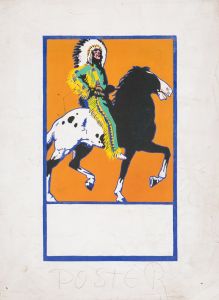
![Designs for theater with black-framed proscenium and boldly colored settings.] [Study for stage light wall decoration, possibly for Caf ̌Crillon …](/imgs/249422/s/winold-reiss-designs-for-theater-with-blackframed-proscenium-and-boldly-colored-settings-study-for-stage-light-wall-decoration-possibly-for-caf-crillon--887bf6b8.jpg)
![Miscellaneous small sketches for inlaid table tops.] [Design with female face and cocktail beverage](/imgs/249434/s/winold-reiss-miscellaneous-small-sketches-for-inlaid-table-tops-design-with-female-face-and-cocktail-beverage-70c0c6ed.jpg)
